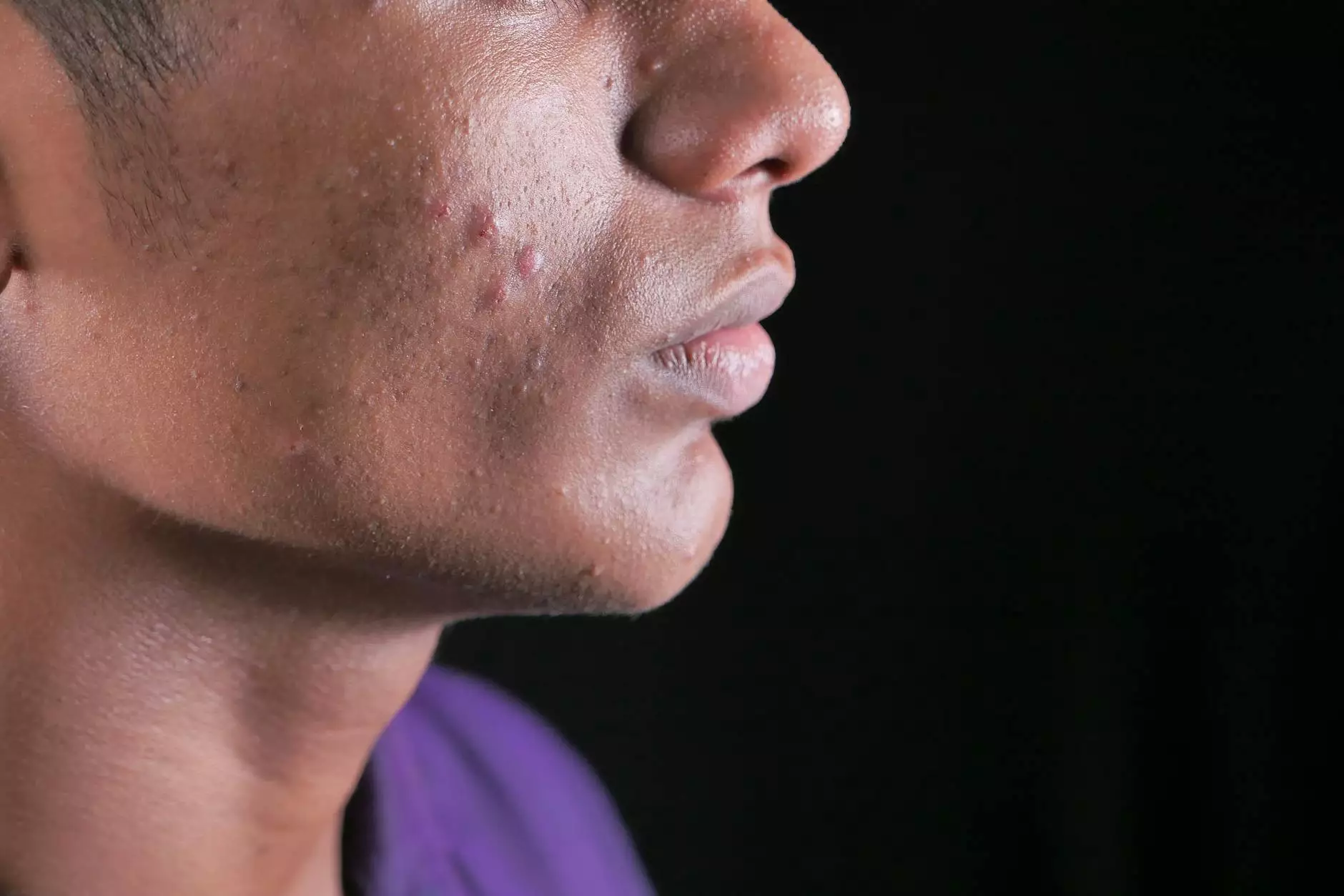Understanding Chronic Venous Dermatitis: A Comprehensive Guide

Chronic venous dermatitis is a condition that arises from the improper functioning of veins in the legs, leading to various symptoms like swelling, itching, and skin irritation. This article delves into the intricacies of chronic venous dermatitis, discussing its causes, symptoms, and the myriad of effective treatments available.
What is Chronic Venous Dermatitis?
Chronic venous dermatitis is a skin condition that occurs when blood pools in the veins of the legs. This can cause a range of symptoms that affect the skin's health and lead to more serious complications if left untreated. Understanding this condition is crucial for both patients and healthcare professionals to ensure prompt and effective treatment.
The Causes of Chronic Venous Dermatitis
The primary cause of chronic venous dermatitis stems from venous insufficiency, which is a condition where the veins cannot adequately return blood from the legs to the heart. Several factors contribute to this inadequacy:
- Age: As people age, the valves in the veins deteriorate, making it harder for blood to flow efficiently.
- Obesity: Excess weight adds pressure to the veins, complicating blood flow.
- Prolonged Standing or Sitting: Occupations or lifestyles that require long periods of immobility can increase the risk of venous insufficiency.
- Previous Injuries: Injuries to the legs can damage veins, disrupting normal blood flow.
- Genetic Factors: A family history of venous disease can increase susceptibility.
Symptoms of Chronic Venous Dermatitis
Symptoms can vary widely among individuals, but common signs of chronic venous dermatitis include:
- Itching: A persistent urge to scratch the affected areas.
- Swelling: Legs may appear swollen, especially at the end of the day.
- Red or Brown Discoloration: The skin may develop reddish or brownish spots.
- Dry, Flaky Skin: Affected areas can become dry and scaly.
- Pain: Discomfort or pain, particularly after standing for extended periods.
- Varicose Veins: Prominent swollen veins that may be noticeable on the surface of the skin.
Diagnosis of Chronic Venous Dermatitis
Diagnosing chronic venous dermatitis involves several steps, primarily by a healthcare professional specializing in vascular medicine. The process may include:
- Medical History Review: Discussing symptoms, lifestyle, and family history.
- Physical Examination: Inspecting the legs and skin for visible signs of the condition.
- Doppler Ultrasound: A non-invasive test to assess blood flow and vein function.
- Patch Testing: To rule out allergic reactions that may contribute to skin issues.
Treatment Options for Chronic Venous Dermatitis
Successfully managing chronic venous dermatitis involves a comprehensive approach, often tailored to the individual's circumstances. Treatment strategies may include:
1. Lifestyle Modifications
Implementing lifestyle changes can significantly aid in managing symptoms. Recommendations include:
- Maintaining a healthy weight through diet and exercise.
- Avoiding long periods of standing or sitting; taking regular breaks to move around.
- Elevating legs when resting to encourage better circulation.
2. Compression Therapy
Compression stockings are a cornerstone in managing venous conditions. They help improve circulation and minimize swelling. A healthcare provider can recommend the appropriate level of compression based on individual needs.
3. Medications
Depending on the severity of symptoms, topical treatments such as corticosteroid creams may be prescribed to reduce inflammation. Systemic treatments, including medications to manage venous pressure, may also be considered.
4. Medical Procedures
In more severe cases, medical interventions may be necessary:
- Sclerotherapy: Involves injecting a solution into abnormal veins, causing them to close and eventually fade away.
- Endovenous Laser Treatment (EVLT): A minimally invasive procedure that uses laser energy to close down damaged veins.
- Vein Stripping Surgery: Involves surgically removing problematic veins to improve blood flow.
Prevention of Chronic Venous Dermatitis
Preventive measures play a crucial role in managing and reducing the risk of chronic venous dermatitis. Consider the following strategies:
- Engaging in regular physical activity to promote healthy circulation.
- Wearing supportive footwear and avoiding high heels.
- Maintaining a balanced diet rich in fiber to prevent constipation, which can worsen venous pressure.
- Incorporating leg elevation and stretching exercises into your daily routine.
Living with Chronic Venous Dermatitis
While chronic venous dermatitis can be challenging, there are numerous ways to maintain a positive quality of life. Here are some tips:
- Join Support Groups: Connecting with others facing similar challenges can provide emotional support and practical advice.
- Educate Yourself: Understanding your condition empowers you to make informed choices about your health.
- Consult Professionals: Regular check-ups with healthcare providers specializing in vascular conditions can help monitor your situation and adapt treatments as needed.
Conclusion
Chronic venous dermatitis is a multifaceted condition that requires a thorough understanding of its causes, symptoms, and treatment options. By taking proactive steps, individuals can effectively manage their symptoms and reduce the risks associated with this condition. Remember, if you suspect you are experiencing symptoms of chronic venous dermatitis, consult a healthcare professional for personalized advice and treatment options.
For more information, please visit Truffles Vein Specialists, where our team of experienced professionals is dedicated to helping you achieve the best outcomes for your vascular health.









